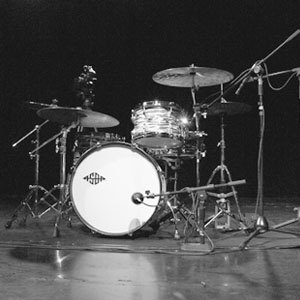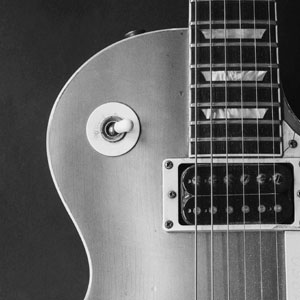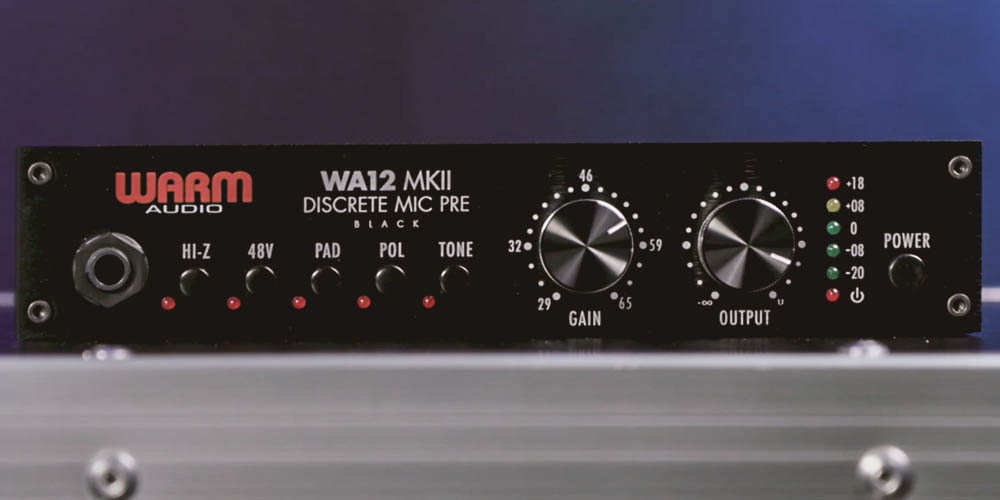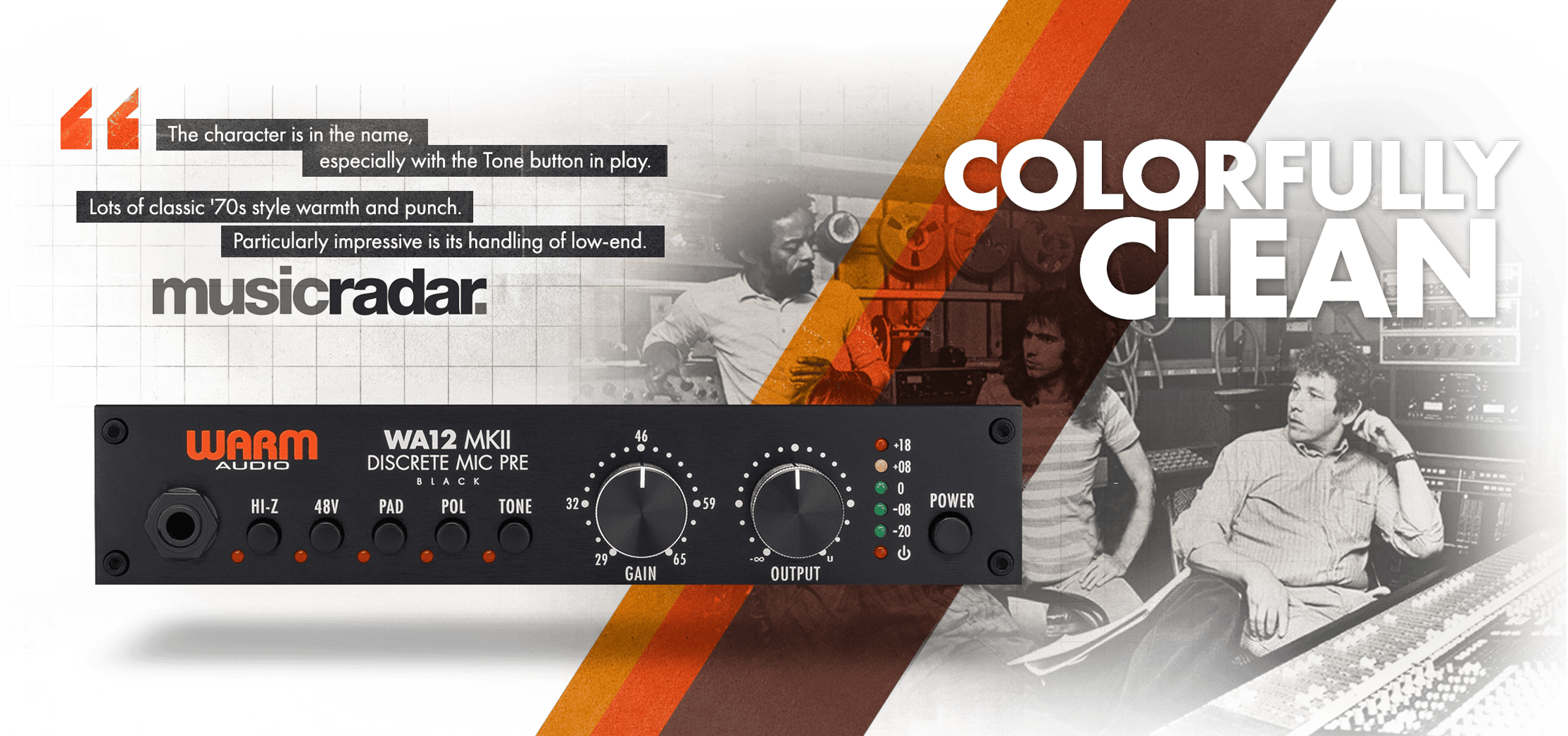WA12 MKII
Single-Channel American Mic Pre
Truly recreating the iconic sound of punchy, clean-to-mean console preamps
MSRP $499
Clear, Punchy, & Unapologetically Analog
The WA12 MKII truly recreates the iconic sound of punchy, focused American console preamps. Like the original large-format custom-built 12-style preamps, the WA12 delivers the best of authoritative American console tones favored by artists like The Eagles, Prince, Toto, Eminem, Madonna & many more.
Upgrade Your Front-End - Upgrade Your Sound
The WA12 MKII is a major upgrade to any audio interface front-end. More than just “more gain”, the WA12 adds defined harmonics and tone-shaping that only discrete analog circuitry can replicate. With 71 dB of warm analog gain and a fully discrete CineMag USA transformer-balanced signal path, the Warm Audio WA12 MKII delivers powerful results on any source.
Applications
Vocals Up-front Lead VocalsDrums
Up-front Lead VocalsDrums Punchy, Pounding DrumsBass
Punchy, Pounding DrumsBass Tight, Deep BassElectric Guitar
Tight, Deep BassElectric Guitar Present, Powerful Guitar
Present, Powerful Guitar Vocal tracks sit right out in front “on-top” of the mix with clarity.
Vocal tracks sit right out in front “on-top” of the mix with clarity.

Key Features
Specs
Components
Artists
Reviews
Sound Samples
What you need to know
Like the original 12-series American preamps, the WA12 MKII includes all the features that deliver a complete and professional recording experience.
![[object Object]](https://images.ctfassets.net/h4x5uvaoia7v/2f2JKgCzXaPR61ai5OyA6L/1e65cb8ca46b00b9951cc4516f20aa83/12MKII_KF-1.png?w=640&q=75)
The output (attenuation control) is positioned after the cinemag output transformer, making it easy to drive the preamp and transformers into saturation. For example, high-gain/low-output produces more overdriven, harmonically rich tone, while low- gain/high-output produces more open, dynamic, & articulate tone.
![[object Object]](https://images.ctfassets.net/h4x5uvaoia7v/6grJHKPIG7xw7okq0WFMKg/ce4c96c4597bbd47f9961457e4e35b28/12MKII_KF-2.png?w=640&q=75)
The WA-12 MKII includes critical preamp features to help handle recording challenges. The Polarity button allows you to handle phase issues by inverting the polarity 180 degrees. The -20 dB pad helps manage loud sources paired with sensitive mics. The LED metering makes it easy to check for clipping before hitting your interface. Selectable 48v phantom power is available to power any mic that requires it. The classic Warm Audio “tone” control alters the input transformer to add “air” or “sheen” to the top end - great for ribbons or “darker” mics.
![[object Object]](https://images.ctfassets.net/h4x5uvaoia7v/p2etpJ2Bxz6fvhXQsZHVi/e23dcb3c6d8467563076adc186694b34/12MKII_KF-3.png?w=640&q=75)
The WA-12 MKII features multiple input connections with rear XLR and front Hi-Z input options. The Hi-Z connection on the front has a dedicated switch and passes through a JFET for ideal professional direct recording of bass and guitar.
![[object Object]](https://images.ctfassets.net/h4x5uvaoia7v/3msWZqfsm1epn7KUodpP6i/76bf55bbd1500a3a1f25b0f27a2da5a0/12MKII_KFCenter-min.png)





